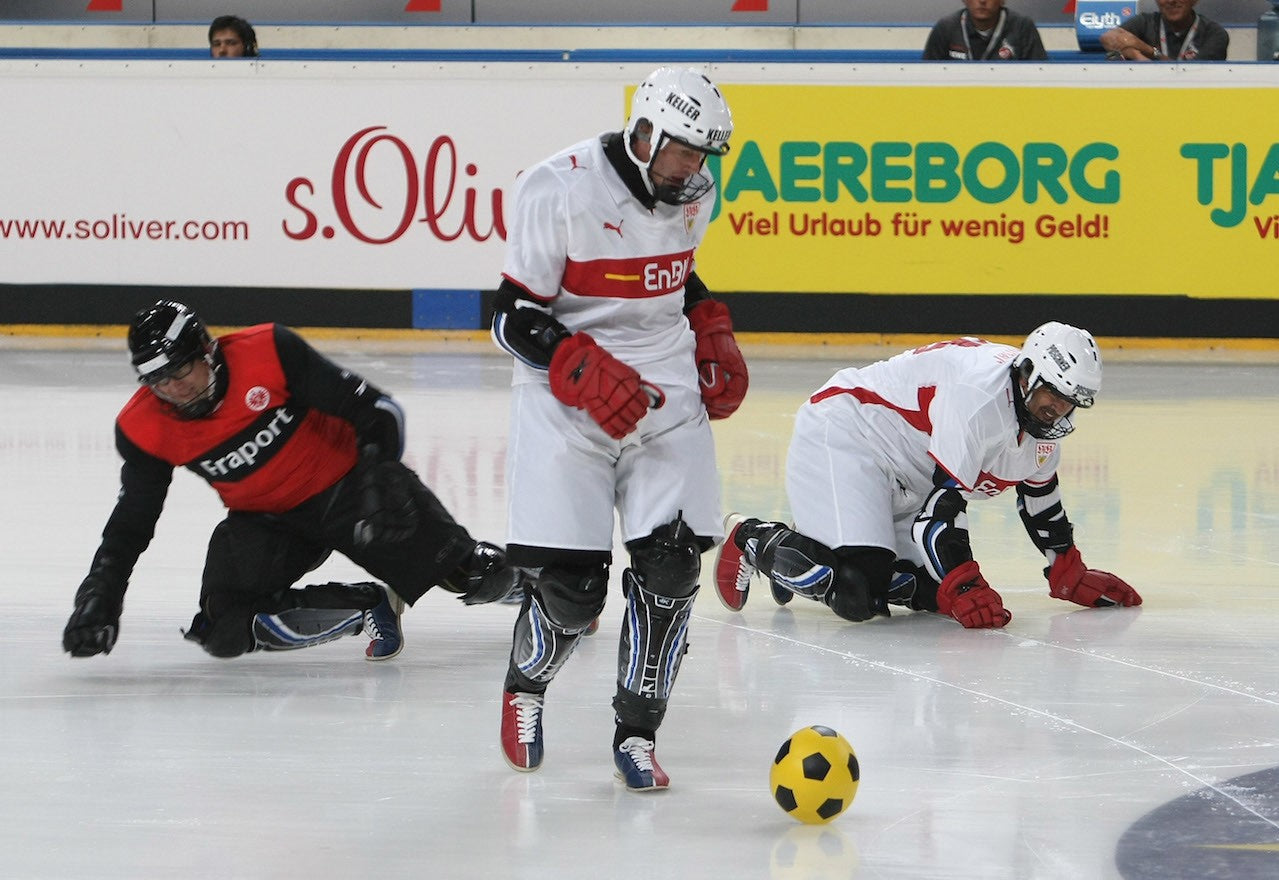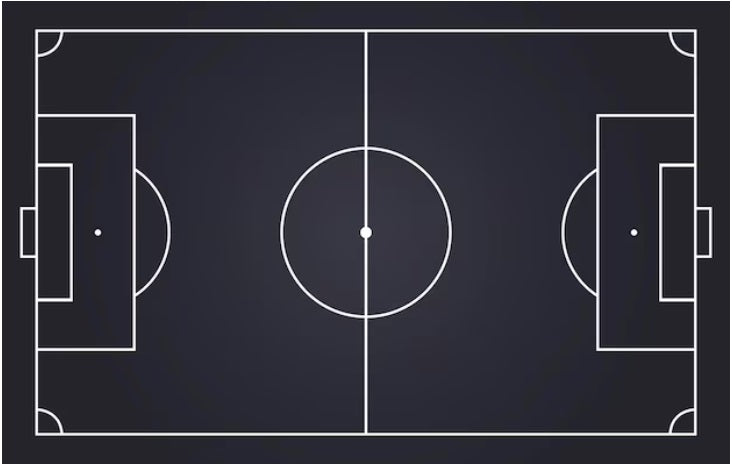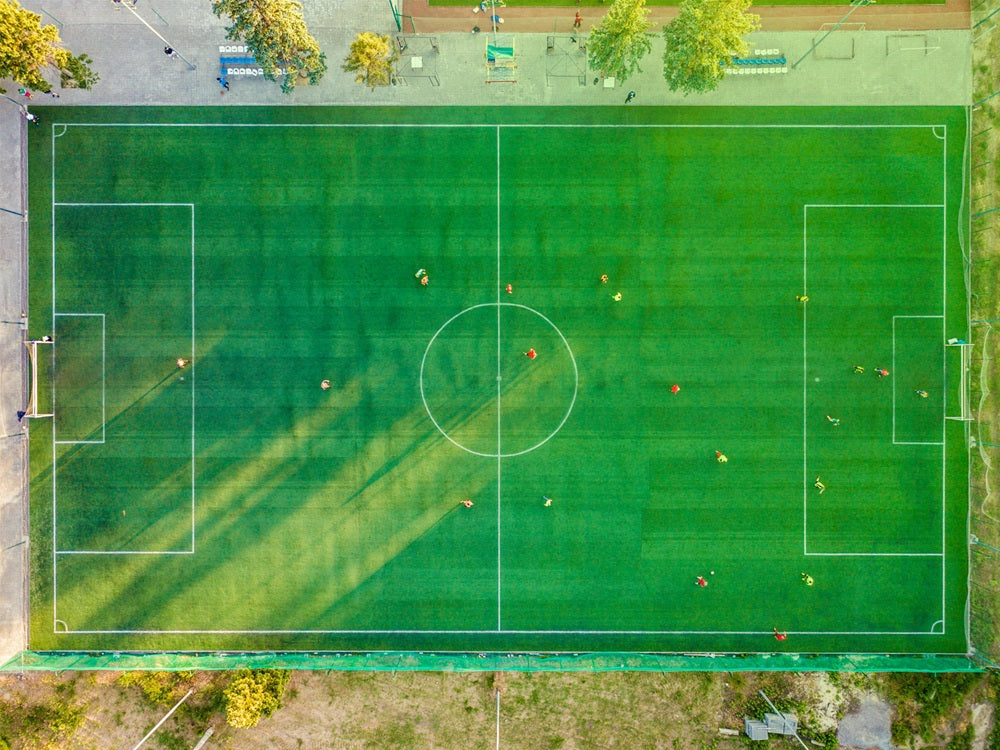The libero position in football - Tactical zoom
Football is rich in specific tactics and roles that have evolved over time. Among these roles, the libero position occupies a special place in the history of the game. Once a crucial defensive pivot, the libero (or "sweeper" in English) represents a tactical figure which, although less common in modern football, has marked the defensive strategies of teams of the past.
What is a libero?
The libero is a defensive player positioned behind the line of central defenders, free from any individual marking. This role allows him to cover the spaces left by the defenders and to intervene as a last defense before the goalkeeper. The unique position of the libero requires exceptional reading of the game, excellent tackling ability, and skill in organizing the defense.
Characteristics of the Libero:
- Reading the game : A keen understanding of opposing movements to anticipate and intercept balls.
- Defensive Technique : Excellent tackling and aerial duel skills to neutralize threats.
- Ability to organize : Leadership to direct the line of defense and ensure tactical cohesion.
- Technical qualities : Ability to restart the game from the back thanks to good control of the ball.
Historically, players like Franz Beckenbauer, Franco Baresi, and Gaetano Scirea have perfectly embodied the role of libero, combining tactical intelligence, defensive robustness, and elegance in recovery. They were not just defenders, but true leaders from the back, capable of initiating attacks and controlling the pace of the game.
The libero in modern football:
With the evolution of football towards more dynamic and attacking systems, the traditional role of the libero has diminished, giving way to versatile central defenders who actively participate in the construction of the game. However, some teams use modern variations of this role, with players capable of dropping back between or behind the central defenders to create a surplus in defense or launch attacks.
Although less visible today, the legacy of the libero remains alive in the principles of play which favor tactical intelligence, versatility, and the ability to read the game. Coaches like Pep Guardiola have sometimes reinvented this role, l adapting to the contemporary demands of football to surprise their opponents.
In conclusion, the libero represents a fascinating chapter in football strategy, illustrating how roles and tactics can evolve while leaving an indelible mark on the game. Although its use is less frequent, the qualities of a great libero – vision , technique, and leadership – remain valuable assets in the field.
Curious to find out more about football-specific roles? Browse through our articles for a deep dive into each position:
- Libero - The tactical goalkeeper behind the defensive line, orchestrating the play.
- Box-to-Box environment - The embodiment of endurance and versatility.
- Regista - The conductor from midfield.
- Carrilero - The lateral midfielder ensuring the balance between defense and attack.
- Mezzala - The artist of half-spaces.
- Trequartista / Enganche - The creative intermediary between the midfield and the attack.
- Inverted winger - Uses his strong foot to penetrate and threaten the goal.
- Fake New - The attacker who deceives the defense with his movement.


















